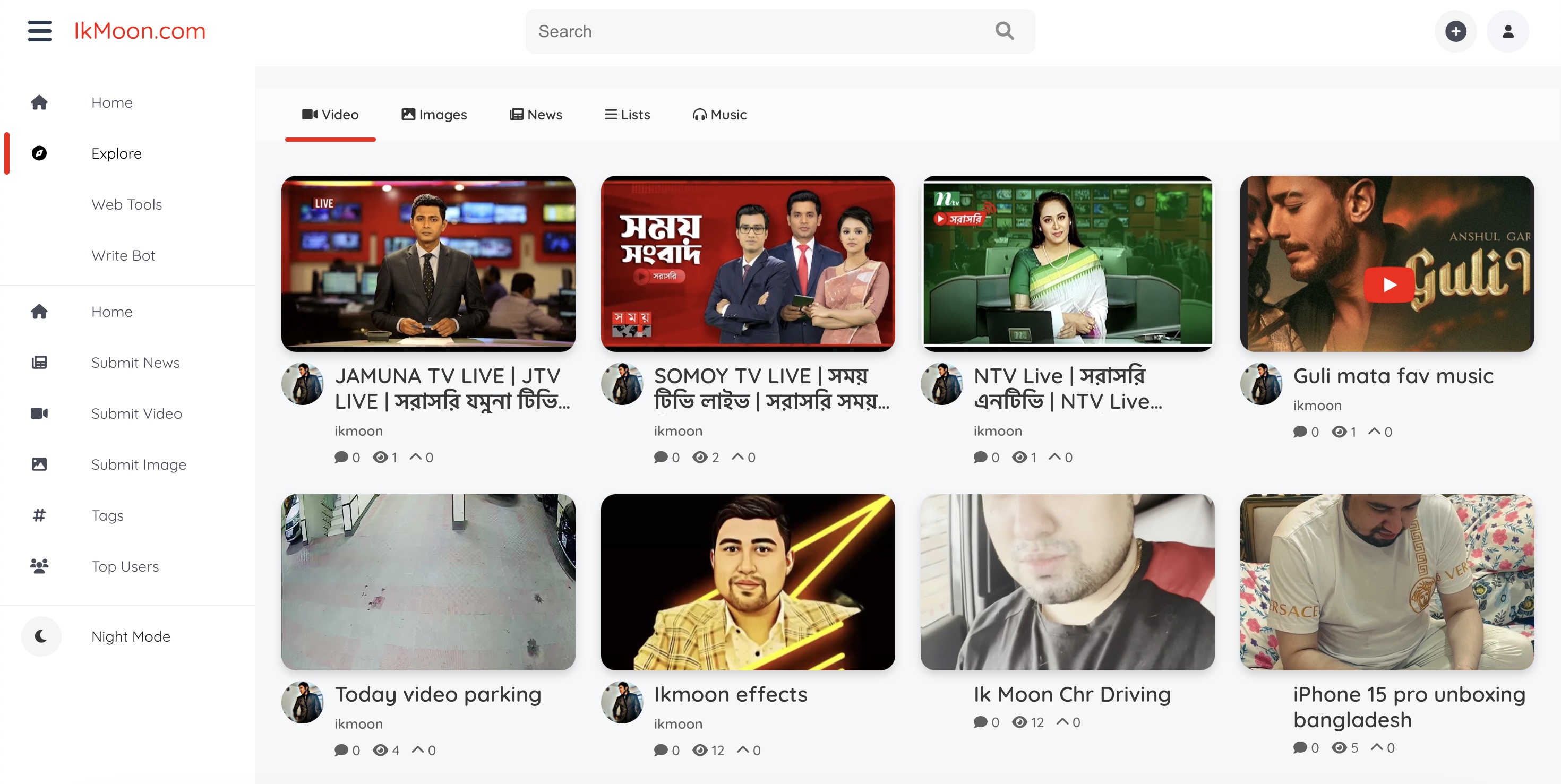How eSIM Technology Fits In
The post How eSIM Technology Fits In appeared on BitcoinEthereumNews.com. Outside traditional financial and supply chain uses, blockchain is transforming mobile connectivity, particularly through integration with advanced technologies like eSIM Plus. In a world that’s becoming increasingly digital, blockchain is emerging as one of the most powerful technologies of the 21st century. From cryptocurrencies to supply chain transparency, it’s revolutionizing the way we store, verify, and transfer data. But beyond finance and logistics, blockchain has the potential to reshape the future of mobile connectivity, especially when combined with innovations like eSIM Plus technology. What is Blockchain? At its core, blockchain is a decentralized digital ledger that records transactions across a network of computers. Each “block” contains several transactions, and once it’s full, it links to the next block, forming a chain – hence the name. What makes blockchain revolutionary is its transparency, security, and resistance to tampering. Data once entered on a blockchain cannot be altered without altering all subsequent blocks, which makes it ideal for building trust in decentralized systems. Enter eSIM: The Next Evolution in Mobile Technology As blockchain redefines digital infrastructure, eSIM (embedded SIM) is reshaping how we connect to mobile networks. Unlike traditional SIM cards that need to be physically inserted, eSIMs are built directly into your device and can be activated or changed remotely. This is a game-changer for: Frequent travelers who want to avoid roaming fees; remote workers switching between data providers; businesses managing fleets of connected devices. With eSIMs, switching carriers takes seconds – no more swapping plastic cards. Where Blockchain and eSIM Meet Blockchain and eSIM are powerful on their own, but together, they unlock a new frontier in global digital connectivity. This partnership opens doors for greater security, autonomy, and transparency in how devices connect, authenticate, and communicate across networks: Decentralized identity management. Blockchain can enable secure, tamper-proof digital identities that…

The post How eSIM Technology Fits In appeared on BitcoinEthereumNews.com.
Outside traditional financial and supply chain uses, blockchain is transforming mobile connectivity, particularly through integration with advanced technologies like eSIM Plus. In a world that’s becoming increasingly digital, blockchain is emerging as one of the most powerful technologies of the 21st century. From cryptocurrencies to supply chain transparency, it’s revolutionizing the way we store, verify, and transfer data. But beyond finance and logistics, blockchain has the potential to reshape the future of mobile connectivity, especially when combined with innovations like eSIM Plus technology. What is Blockchain? At its core, blockchain is a decentralized digital ledger that records transactions across a network of computers. Each “block” contains several transactions, and once it’s full, it links to the next block, forming a chain – hence the name. What makes blockchain revolutionary is its transparency, security, and resistance to tampering. Data once entered on a blockchain cannot be altered without altering all subsequent blocks, which makes it ideal for building trust in decentralized systems. Enter eSIM: The Next Evolution in Mobile Technology As blockchain redefines digital infrastructure, eSIM (embedded SIM) is reshaping how we connect to mobile networks. Unlike traditional SIM cards that need to be physically inserted, eSIMs are built directly into your device and can be activated or changed remotely. This is a game-changer for: Frequent travelers who want to avoid roaming fees; remote workers switching between data providers; businesses managing fleets of connected devices. With eSIMs, switching carriers takes seconds – no more swapping plastic cards. Where Blockchain and eSIM Meet Blockchain and eSIM are powerful on their own, but together, they unlock a new frontier in global digital connectivity. This partnership opens doors for greater security, autonomy, and transparency in how devices connect, authenticate, and communicate across networks: Decentralized identity management. Blockchain can enable secure, tamper-proof digital identities that…
What's Your Reaction?




































